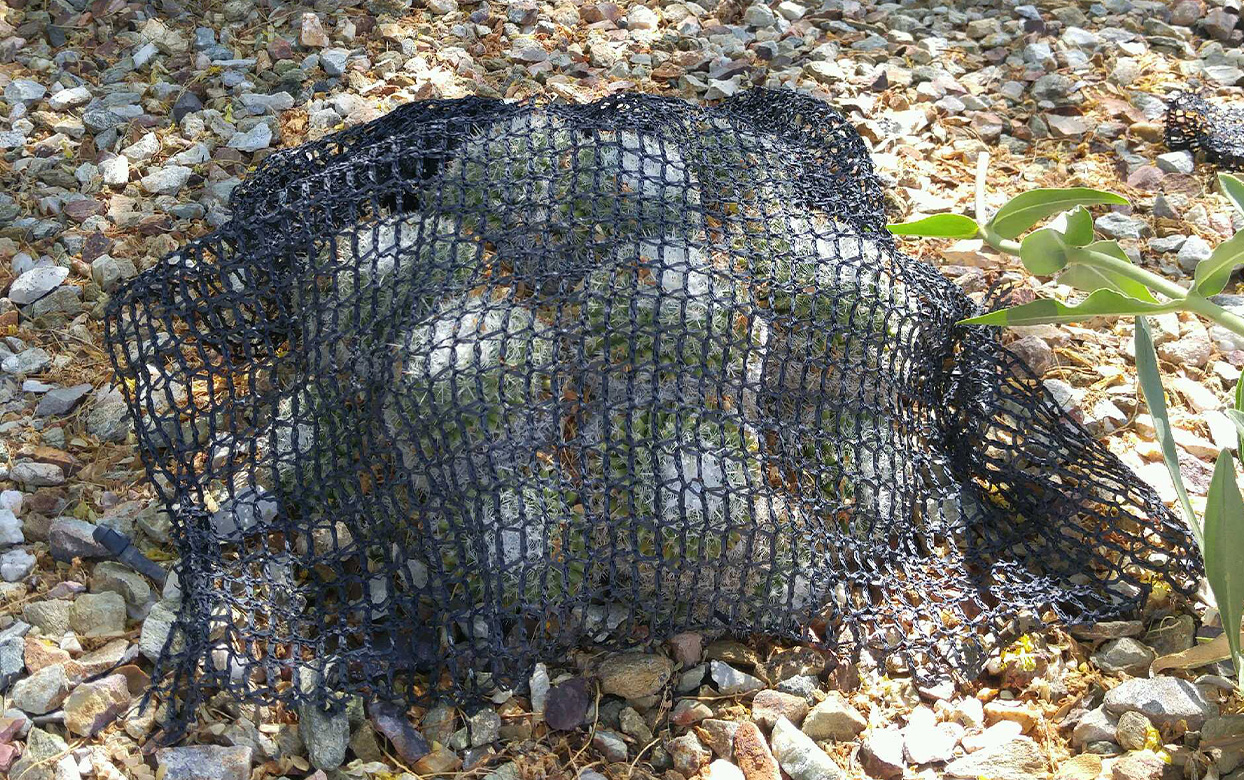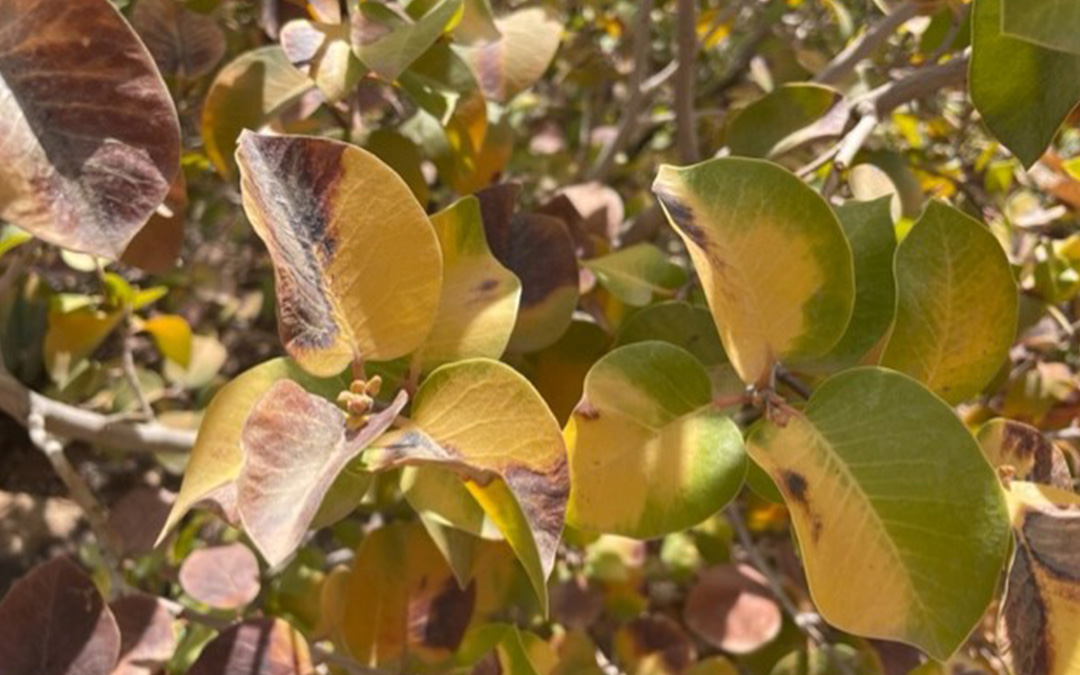Consistent weeks of record-breaking high temperatures is stressful for many plants. Despite best efforts to keep plants alive, many will begin to see symptoms of heat and drought stress. Leaves, fruit, flowers, bark, wood and roots may be damaged. Different plant species have a specific threshold when a critical temperature is reached or exceeded, they will experience tissue damage, dehydration and death. Plants will exhibit the following symptoms when exposed to high temperatures: wilting, scorched leaves or stems, yellowing of stems, fruit or bark, leaf rolling, stem dieback, defoliation (leaf drop) and root loss. There are several ways to help plants survive high temperatures.

- Do not fertilize or prune your plants. This causes excessive, new growth that is susceptible to heat damage. Pruning may also expose plant tissue to the sun causing sun burn. Wait until cooler temperatures arrive.
- Do not apply chemicals even organic treatments like soap or neem oil. They can damage plants during extreme heat.
- Cover with a 30-60 percent shade cloth when plants become yellow or leaves become crispy. Or place an umbrella over plants in the early afternoon.
- Move container plants to a shadier location. This will help protect the plant and the soil won’t dry out as quickly.
- Water deeply and allow soil to dry between each watering cycle. Check out the video on How to Water in the Desert Landscape School (DLS) Hub for more information.
- Even established plants that have been in the Garden for many years may need supplemental irrigation during a heat wave and drought. Water wide, water deeply and infrequently for most desert plants.
- Apply water directly to soil. Spraying plants with water especially during the heat of the day can turn those droplets of water into mini magnifying glasses and damage the plant tissues. It may also create a breeding ground for pathogens.
- Do not use water crystals (hydrogels) to keep soil moist. They can do more harm than good by removing water from the soil when they dry up. Apply a one- to two-inch layer of mulch instead. When applying mulch, keep away from the base of the plant.
- Water in the early morning to hydrate plants before the oncoming hot temperatures.
- Postpone planting at a later time. Wait until mild temperatures.
Plants will look a little raggedy, but following these tips will help lessen heat-stress damage.
